A Celtic Festival to Celebrate
Have you heard of the following Celtic Festival that celebrates the arrival of Spring? Maybe you even celebrate it yourself? Our shared Irish ancestors had a lot of traditions around this festival - and the Saint who became associated with this time of year in Christian times.
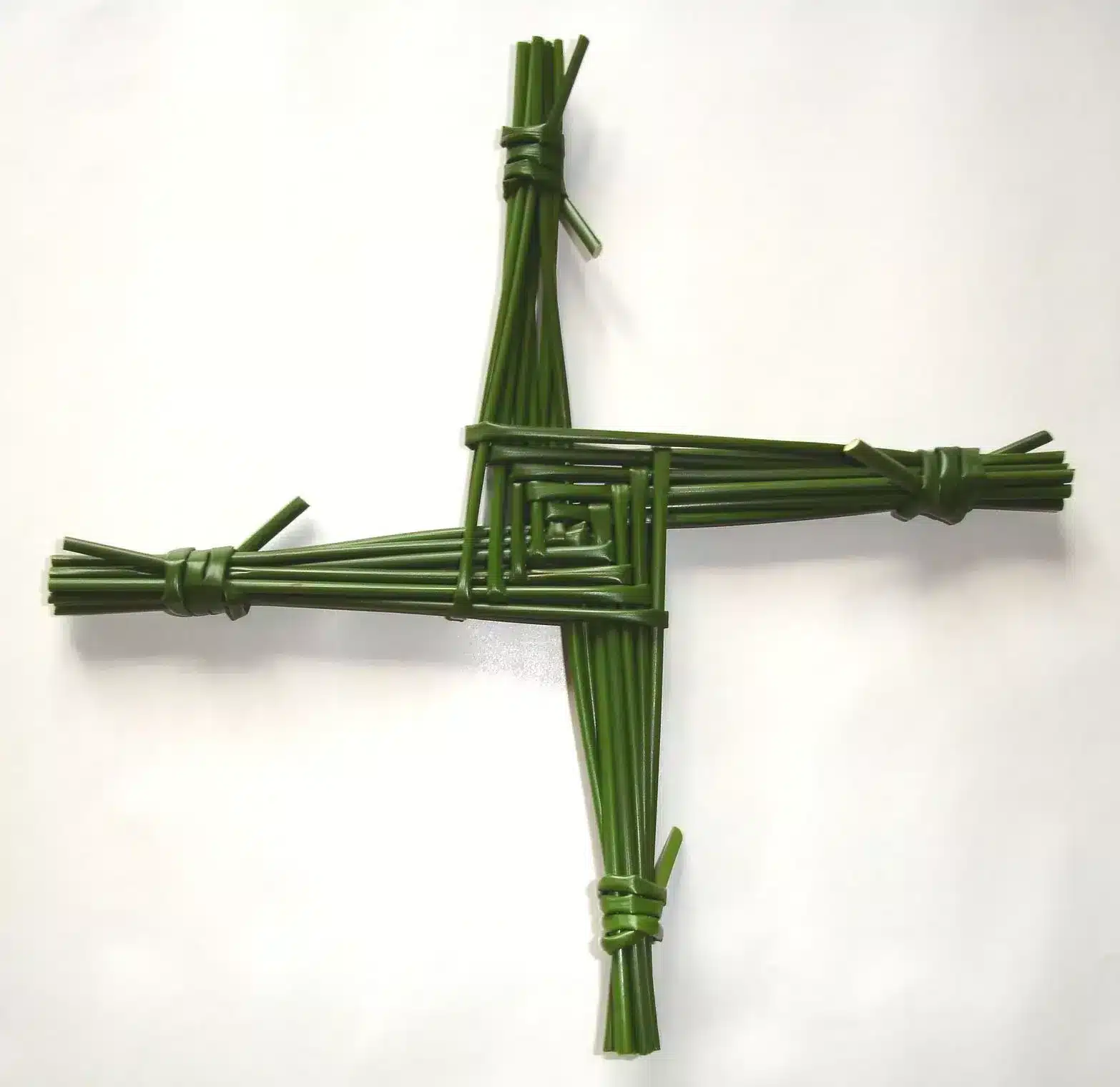
This coming week sees the “official” start of spring in Ireland – kicking off with the old Celtic festival of Imbolc which has developed into Saint Brigid’s day since Christian times. And that is the subject of our letter today!
A Celtic Festival To Celebrate.
The old Irish word “Imbolc” refers to the “belly of the ewe”. It is also the name of a Celtic festival that was observed across Ireland, Scotland and the Isle of Man in pre-Christian times. Our ancestors lived in an agrarian society and the passing of the months and seasons were observed, celebrated and embedded in the mythology of the time. However, it always amazes me just how practical these rituals and festivals were for the people of the time.
You see, around about the first week in February across the island of Ireland – the first blades of new grass start to appear. With that, the ewes are ready to begin lambing and the lambs and mothers are moved outside to appropriate lambing pastures. I am sure that the appearance of that new grass and the birth of the first lambs were a great cause for observance and celebration. The Celtic festival of “Imbolc” during the first week of February marked a turn in the year to the promise of more light, warmer weather and healthy new animals. At the time, the festival was associated with the Celtic goddess of fertility and protection – Brigit – but over time she has been replaced with a new Christian patron – Saint Brigid of Kildare – but she is the subject of a different story!
Saint Brigid’s Day.
Imbolc/Saint Brigid’s Day was a festival celebrating the hearth and home as well as the early signs of spring. Ashes in the fireplace were raked smooth and checked in the morning for a mark showing that Brigid had visited. Before going to bed, people would also leave pieces of clothing outside for Brigid to bless. These clothes were then believed to have powers of healing and protection for the wearer.
In Ireland, crosses made of woven rushes were often hung over doors, windows and stables to welcome Brigid – but mostly to protect these buildings from fire and lightning – a real problem with all those open fireplaces.
There are many variations on these traditions across the parishes of Ireland. Perhaps you had a tradition or two in your own family? Do comment below and let me know.
So, over the next two weeks the large fields in our parish – empty at the moment – will see the first lambs appear in groups alongside their protective mothers and we will know that the old Celtic festival of “Imbolc” has arrived in just the same way as it has been observed on this island by our collective ancestors for thousands of years.
Happy “Imbolc” to you and your families – and it seems appropriate to leave you with Saint Brigid’s blessing:
May Brigid bless the house wherein you dwellBless every fireside every wall and door
Bless every heart that beats beneath its roof
Bless every hand that toils to bring it joy
Bless every foot that walks its portals through
May Brigid bless the house that shelters you.
That’s it for this week – if you would like to share a surname or story in your Irish family tree, just leave a comment below and let us know.
Slán and chat again next week, Mike and Carina.


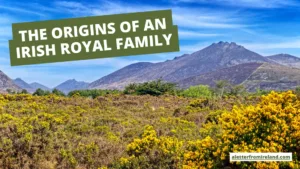
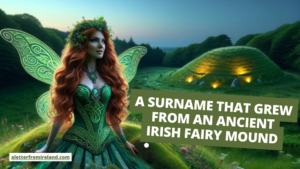
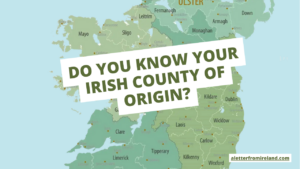

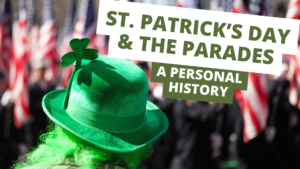
Only Plus Members can comment - Join Now
If you already have an account sign in here.